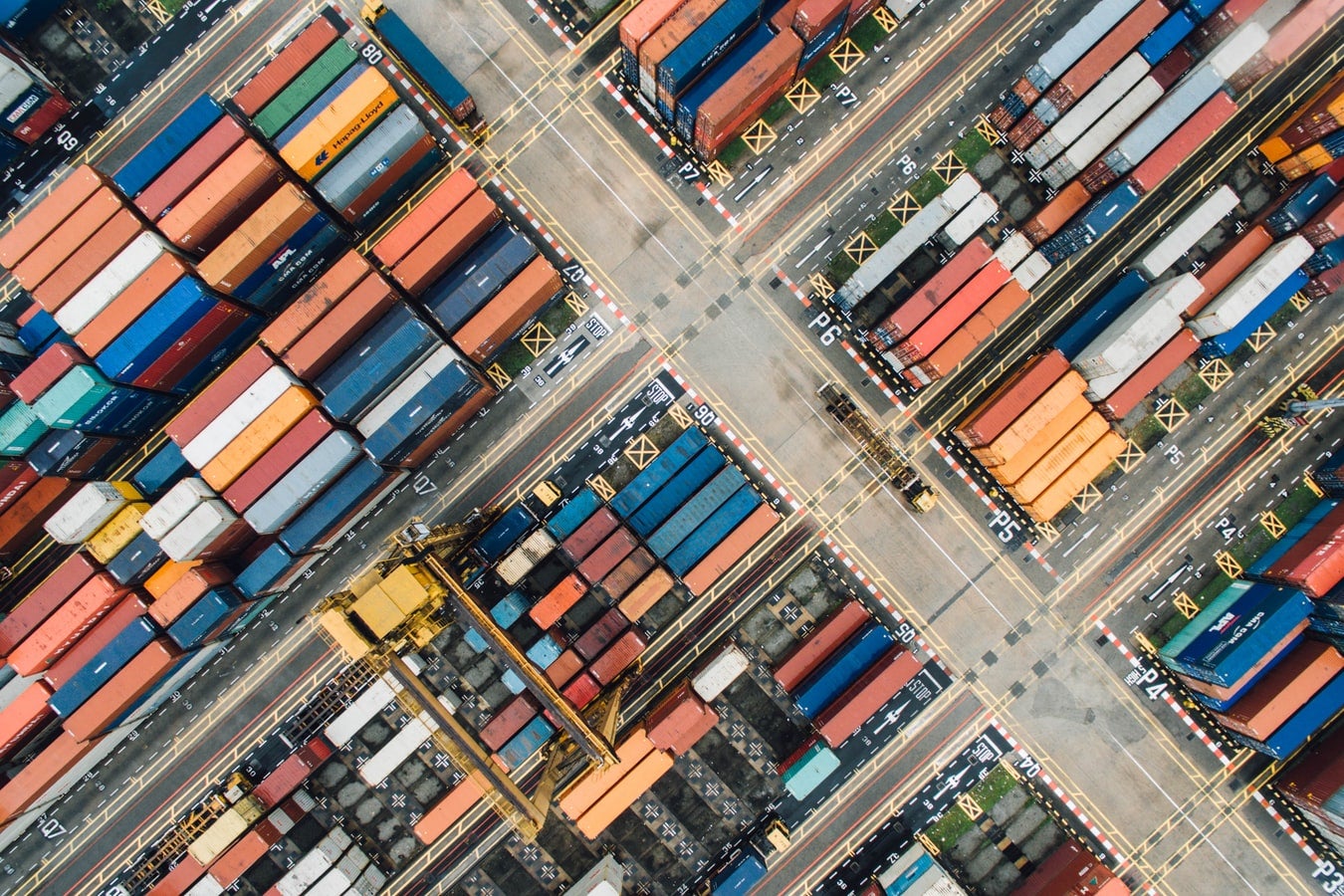08 October 2019
4 min read
#Transport, Shipping & Logistics
Published by:

With Australia’s first National Freight and Supply Chain Strategy (Freight Strategy) released, goals and targets have been set for the transportation industry to 2024.
In the last instalment of our four-part series on the Freight Strategy, we discuss why there’s a need for the strategy and what the final critical action area ‘better freight location and performance data’ incorporates.
Why do we need the Freight Strategy?
While we try to be positive, it seems to many that the Australian economy is heading into difficult times, if we’re not already there. The Reserve Bank has reduced interest rates to record lows and there is talk of quantitative easing.
But the message from the Reserve Bank Governor has been consistent. Interest rates are not the only lever available to boost the economy, and all governments must do more to make structural adjustments to make Australia more productive.
It is as if the Freight Strategy was written precisely to reflect the Governor’s message – through a combination of investment in built infrastructure, plus measures to identify and exploit new and existing infrastructure, all Australians will benefit and the economy will become stronger.
This is specifically addressed in the strategy. Though the strategy’s statement “Australia’s freight systems are the lifeblood of our economy and way of life” may seem florid, it is also demonstrably true. While the same could probably also be said of other sectors of the economy, if Australia’s freight systems were to stop, the economy would also stop. It stands to reason that any improvement in freight systems will benefit all of us, and not just in dollar terms, but also in terms of social licence, safety and better amenity are critical issues for freight in Australia whether it be the coexistence of heavy vehicles and passenger cars on suburban roads, better utilisation of rail and/or coastal shipping, or noise and emissions from ports.
The Freight Strategy is highly conscious of the overall impact of freight systems to the Australian economy and way of life, acknowledging both the benefits of getting the system right (given the volume of freight carried is expected to grow by over 35 per cent between 2018 and 2040), but also the risks associated with not keeping up, or getting it wrong.
The strategy is significant too because it recognises that significant technological developments and innovations are likely over the next 20 years, and the strategy must try to anticipate what these are likely to be, or at least be ready to adapt as they come to light.
The fourth critical action area: Better freight location and performance data
Unless we can better measure how our freight systems are performing, we stand little chance of designing better ways to boost that performance.
The desired outcomes for this action are:
It is envisaged that these outcomes can be achieved through one priority action – develop an evidence-based view of key freight flows and supply chains and their comparative performance to drive improved government and industry decision-making, investment and operations.
This in turn should produce:
Work is already underway in this area.
For example, the Australian government has committed $8.5 million to settle the design of a National Freight Data Hub (Hub). The Hub is intended to enhance collection of and access to freight data, across all modes, to:
This concludes our four-part series on examining Australia’s first National Freight and Supply Chain Strategy. We introduced the strategy and examined how the National Action Plan supports the strategy through four identified priority areas, including smarter and targeted infrastructure investment (Part 1), enabling improved supply chain efficiency (Part 2), better planning, coordination and regulation (Part 3) and better freight location and performance data.
Author: Geoff Farnsworth
Disclaimer
The information in this publication is of a general nature and is not intended to address the circumstances of any particular individual or entity. Although we endeavour to provide accurate and timely information, we do not guarantee that the information in this newsletter is accurate at the date it is received or that it will continue to be accurate in the future.
Published by: